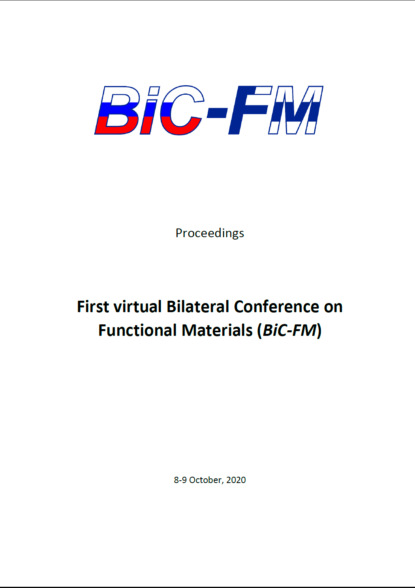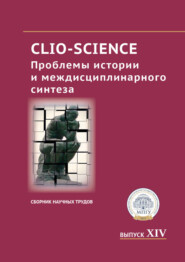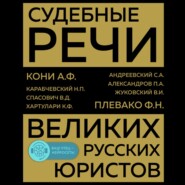По всем вопросам обращайтесь на: info@litportal.ru
(©) 2003-2024.
✖
First virtual Bilateral Conference on Functional Materials (BiC-FM)
Автор
Год написания книги
2020
Настройки чтения
Размер шрифта
Высота строк
Поля
Sr
NiO
catalyst exhibits a mass activity of 588 mA
and 7.85 A
for the electrooxidation of urea in 1 M KOH containing 0.33 M urea, demonstrating the potential applications of Ni-based Ruddlesden-Popper materials for direct urea fuel cells and low-cost hydrogen production.[1] Additionally, we find the same correlations between Ni oxidation state and activities for the electrooxidations of methanol and ethanol, as well as identify processes that result in catalyst deactivation for all three oxidations. This demonstration of how systematically increasing Ni – O bond covalency by raising the formal oxidation state of Ni above +3 serves to increase catalyst activity for these reactions acts as a governing principle for the rational design of catalysts for the electrooxidation of urea and other small molecules going forward [2]
References:
[1] Forslund, R. P.; Alexander, C. T.; Abakumov, A. M.; Johnston, K. P.; Stevenson, K. J. “Enhanced Electrocatalytic Activities of Nickel-based Ruddlesden-Popper Catalysts for the Oxidation of Urea and Small Alcohols By Active Site Variation,” ACS Catal. 2019,9(3), 2664–2673.
[2] Forslund, R. P.; Hardin, W. G.; Rong, X; Abakumov, A. M.; Filimonov, D.; Alexander, C. T.; Mefford, J. T.; Iyer, H.; Kolpak, A. M.; Johnston, K. P; Stevenson, K. J. “Exceptional Electrocatalytic Oxygen Evolution Via Tunable Charge Transfer Interactions in La
Sr
Ni
Fe
O
Ruddlesden-Popper Oxides,” Nature Comm. 2018,9(1)3150.
Professor Stevenson is Full Professor and Provost at the Skolkovo Institute for Science and Technology in Moscow, Russia. His interests are aimed at elucidating and controlling chemistry at interfaces vital to many energy storage and energy conversion technologies. He has published over 280 papers, six patents, and six book chapters. He is the founding director of Skoltech’s Center for Energy Science and Technology. In 2019, Skoltech became the youngest university in the world and only university in the Russian Federation to be ranked in top 100 Nature Index of Top Young Universities.
Electrochemical synthesis of copolymers containing porphyrine derivatives and their activity towards CO
Sachin Kochrekar,
Ajit Kalekar,
Shweta Mehta,
Pia Damlin,
Mikko Salomäki,
Sari Granroth,
Niko Meltola,
Kavita Joshi,
Carita Kvarnström
Turku University Graduate School (UTUGS) Doctoral Programme in Physical and Chemical Sciences, FI-20014 Turku, Finland
Turku University Centre for Materials and Surfaces (MatSurf), Department of Chemistry, University of Turku, Vatselankatu 2, FI-20014 Turku, Finland.
Physical and Materials Chemistry Division, CSIR-National Chemical Laboratory, Pune 411008 India.
Academy of Scientific and Innovative Research (AcSIR), Ghaziabad-200112, UP, India.
Laboratory of Materials Science, University of Turku, FI-20014, Turku, Finland.
ArcDia International Oy Ltd, Lemminkäisenkatu 32, FI-20521-Turku, Finland.
carkva@utu.fi
This study reports the electropolymerization of novel keto functionalized octaethyl metal porphyrins (Zn
and Ni
) in presence of 4,4 bipyridine (4,4´ BPy) as bridging nucleophile on FTO surface. The polymer films were characterized by electrochemical, spectroscopic (UV–Vis, XPS, FT-IR and Raman spectroscopy) and microscopic (AFM and SEM) techniques. The absorption and electronic spectra establish the binding of monomer units in the polymer film, retaining most of the spectroscopic properties of the monomer with slight shift and peak broadening. The surface morphology reveals heterogeneous polymerization. Through computational studies, we aim to get insight into the effect of metal center (Zn
and Ni
) and presence of the keto group on the porphyrin unit. The first 4,4´ BPy prefers meso position next to β-keto group in ZnOEPK whereas it prefers opposite meso position in NiOEPK further leading to linear and branched orientation with the introduction of second 4,4´ BPy, respectively. The interaction between the polymer films in the absence and presence of CO
suggests a similar mechanism for both the polymers. The role of the 4,4´ BPy in the polymer unit in association with the activity with CO
is emphasized.
Acknowledgement. The authors acknowledge the Magnus Ehrnrooth foundation and Business Finland for financial support.
Carita Kvarnström
Professor of Materials Chemistry
Department of Chemistry
University of Turku
Finland
1996 PhD, Åbo Akademi University, Åbo-Turku Finland
1996–2008 Assistant and Associate Professor, Åbo Akademi University, Åbo-Turku Finland
2009- Full Professor in Materials Chemistry University of Turku, Finland
2010–2014 Director for Turku University Centre for Materials and Surfaces
2017–2016 Head of Laboratory of Materials and Chemical Analysis
2017–2019 Head of Department












